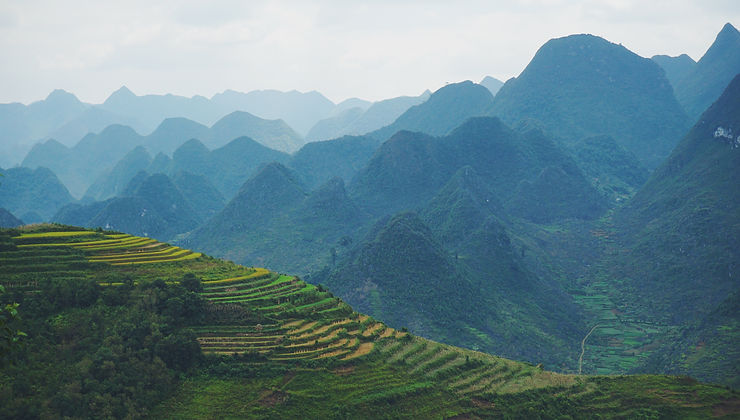
Home > Travel Guide >
The Enigmatic Hmong King Palace: Ha Giang’s Historical Treasure
The Enigmatic Hmong King Palace: Ha Giang’s Historical Treasure
8/26/24
By Ha Giang Tours
Nestled in the picturesque Sa Phin Valley of Ha Giang Province, the Hmong King Palace, also known as the Vuong Family Palace, stands as a symbol of the rich history and cultural heritage of the Hmong people. This grand architectural masterpiece, once the residence of the Hmong royal family, is a testament to the power, wealth, and influence that the Hmong Kings wielded in the early 20th century.
The Historic Significance of the Hmong King Palace
The Hmong King Palace was built between 1919 and 1928 under the orders of Vuong Chinh Duc, the then Hmong King who ruled over the northern highlands of Vietnam. The construction of the palace was a monumental task that took nearly a decade to complete, with skilled craftsmen from China and the local region contributing to its design and construction. The palace served as the political, economic, and cultural center for the Hmong people during the reign of the Vuong family.
Architectural Grandeur: A Fusion of Cultures
The Hmong King Palace is a stunning example of traditional Hmong architecture, with influences from Chinese and French design elements. The palace complex covers an area of 1,120 square meters and consists of 64 rooms, including the main hall, living quarters, storage rooms, and opium processing areas. The layout of the palace is reminiscent of a Chinese courtyard house, with rooms arranged around three open courtyards that allow for natural light and ventilation.
The exterior of the palace is characterized by its robust stone walls and tiled roofs, which have weathered the test of time remarkably well. The entrance gate, flanked by stone lions, leads to a grand staircase that ascends to the main hall. The intricate woodwork that adorns the doors, windows, and columns is a testament to the craftsmanship of the artisans who built the palace. Carved motifs of dragons, phoenixes, and other auspicious symbols are a common sight, reflecting the influence of Chinese culture and the Hmong King’s aspirations for power and longevity.
Inside the palace, the rooms are furnished with period pieces that offer a glimpse into the opulent lifestyle of the Hmong royal family. The king’s chambers, with their elaborate carvings and ornate decorations, are particularly impressive. The thick stone walls not only provided security but also kept the interior cool in the summer and warm in the winter, a practical feature in the region’s harsh climate.
A Symbol of Hmong Authority and Influence
The Hmong King Palace was more than just a residence; it was a symbol of the Hmong King’s authority over the region and his influence among the various ethnic groups in the northern highlands. The palace was the center of the Hmong King’s administration, where he held court and made decisions that affected the lives of thousands of people. The king’s role as a mediator and leader was crucial in maintaining peace and stability in the region, especially during times of conflict.
The palace also served as a social and cultural hub for the Hmong people. Festivals, ceremonies, and important meetings were held within its walls, reinforcing the king’s position as the spiritual and cultural leader of his people.
Today, the Hmong King Palace is a popular tourist destination, attracting visitors who are eager to explore its rich history and admire its architectural beauty. The palace offers a unique opportunity to learn about the Hmong people’s history, culture, and the role they played in the region’s development. Walking through the palace’s courtyards and rooms, one can almost hear the echoes of the past and feel the presence of the Hmong Kings who once ruled this land.
Travel Review
Most Popular Vietnam Tours










